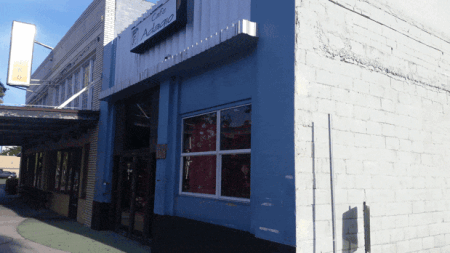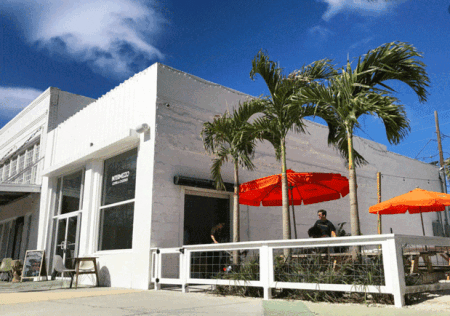A few years ago, some former New Yorkers decided to enliven a worn-out pocket of downtown St. Petersburg, Florida, sandwiched between a baseball stadium and the police department.
Eastman Equity’s strategies took a less traditional path in helping transform a 20-block area now known as the EDGE District:
- Eastman reversed the time-honored pattern of launching a project with residential and then following with shops and restaurants.
- Rather than demolishing derelict haunts, Eastman renovated the buildings it acquired. The company delivered crafted square footage in place of more common white-wall shells.
- Instead of courting name-brand tenants, the group curated a mix of local tenants, including a coffee shop, an Instagram-friendly craft store, and a popular local barbershop.
- In order to generate more foot traffic, Eastman Equity went with smaller-footprint stores as opposed to centering around a big, national anchor.
- Open spaces won out over the urge to build as much leasable space as possible. A corner parking lot became a garden space, for instance. Murals, free wi-fi, and frequent events also helped build community.
Eastman rode the district’s rising popularity and successfully doubled rents within a few years. Even as the retail sector struggles nationally, the EDGE is becoming a regional shopping, hotel, and culinary destination with numerous state and national Main Street awards. Led by Jonathan Daou, the St. Petersburg–based private-equity group is working with multifamily developers who are in the process of delivering 3,500 new residential units nearby.
“Retail is going to be a massive driver of population growth,” Lauren Campbell, Eastman’s real estate operations manager, said at a recent ULI Central Florida event in Orlando. “Control your content. The future is local.”
Campbell cited Austin, Nashville, and Charlotte as other cities where developers recognize the power of tenant curation and building reclamation.
Tom Murphy, a ULI senior fellow and a former mayor of Pittsburgh, advised conference attendees that the shape of urban projects is splitting cities into successes and failures. Transformation of the retail sector, demand for apartments, and tech-friendly confines increasingly coalesce to redefine cities. As an example, he cited a New York Times article showing how Nashville surpassed Birmingham as a destination city.
“We are watching cities separate themselves with winners and losers,” he said.
Just off Martin Luther King Boulevard in St. Petersburg, the EDGE continues to evolve with its own business district and historic component. Campbell said that while her company veered away from national retailers as it helped shape the district, there may be room for socially conscious brands such as Patagonia.
Drawing on her own experience of Amazon-era shopping, she said: “People are shopping now either because it’s convenient and easy or because it’s emotionally engaging.”






